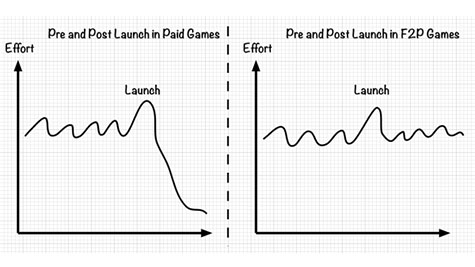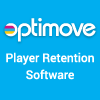“What publishers really offer game developers today is, first of all, development tools that already have the know-how of how to make better games, how to make games more addictive, how to make them more successful,” Yaniv Nizan tells his audience during Casual Connect Asia 2014.

Yaniv Nizan, co-founder and CEO of SOOMLA, is a man who loves a challenge, especially the challenge of creating something new. He describes himself as an adrenaline junkie, saying, “New ventures mean you have to succeed where others failed, you have to compete against much bigger companies in markets that are undergoing tremendous changes.”
He believes the trick to winning against these large competitors is using their size to your advantage. The opportunities for new ventures usually come when the market is so dynamic that large companies have difficulty adapting.
He offers these suggestions to companies starting up. First, read Lean Startup. Second, read the SOOMLA blog for resources about starting a company and about game design.
Simplify The Complex
Nizan admits that leading a company requires many skills, but there is one that he uses constantly: the ability to take things that are complex and simplifying them so they can be understood by everyone and communicated in mass. This skill is necessary in many areas, including marketing, blogging, fundraising, investor relations, product, public speaking, and more. But he emphasizes, “In order to do that, you have to know the space you are in very well and understand how people think.”

Where It All Started
Nizan’s interest in games began with a 1983 game called Digger, which he played for hours. This game taught him a great deal about how computers work, since, at that time, it wasn’t simple to download an app; you had to do a lot of hacking to even be playing the game. He claims these games were the impetus for his career in the computer industry.
These days, he is a much more mobile gamer. Currently, he is hooked on a game called Box It, which involves blocking areas of the screen by moving a ball and trapping other balls. He has been playing this puzzle game exclusively for the past two months.
The creativity of the games industry, combining visual art, audio, interaction and programming at the highest level, is something he especially values. He also enjoys the extremely competitive nature of the industry that requires fast thinking at all times. And, he says, “Nothing beats playing games at work!”
Casual Connect’s Indie Prize is a demo of creativity and a great way to get exposure, although the ultimate way to get exposure is to license existing IP. “The best thing is to license existing IP from a book, a film, or a retry game. This has to be done on a revenue-sharing basis, as you don’t want to be paying out of pocket.” He also suggests applying for the Indie Prize or submitting the game to be featured on the SOOMLA blog.

A History of Platforms
As Nizan considers the history of the games industry, he notes that it has always been driven by platforms. These have included PCs, consoles, handhelds, then PCs again, followed by online games, Facebook games, and now mobile games. He insists, “In every shift, huge companies collapsed and new giants came to replace them. So the main question we should be asking is: what is the next platform?”
The most interesting trend Nizan sees coming in the industry is shared economy. It is already a part of other industries and is just beginning to be seen in the games industry. There are now ways self-published game developers can pull together resources, something that will happen more frequently in the future. He expects to see more open source and more shared resources for developers and by developers, especially in areas that were traditionally the domain of publishers.
Nizan hopes that more game developers will mature in their understanding of the business aspects of getting users, engaging them and retaining them. He believes this is about building two basic things into a game: a sense of progress in the form of achievements or levels, and wealth accumulation in a virtual economy. He says, “When these are balanced, they make users come back to the game naturally. They are not that hard to build, but most developers build them as an afterthought.”










